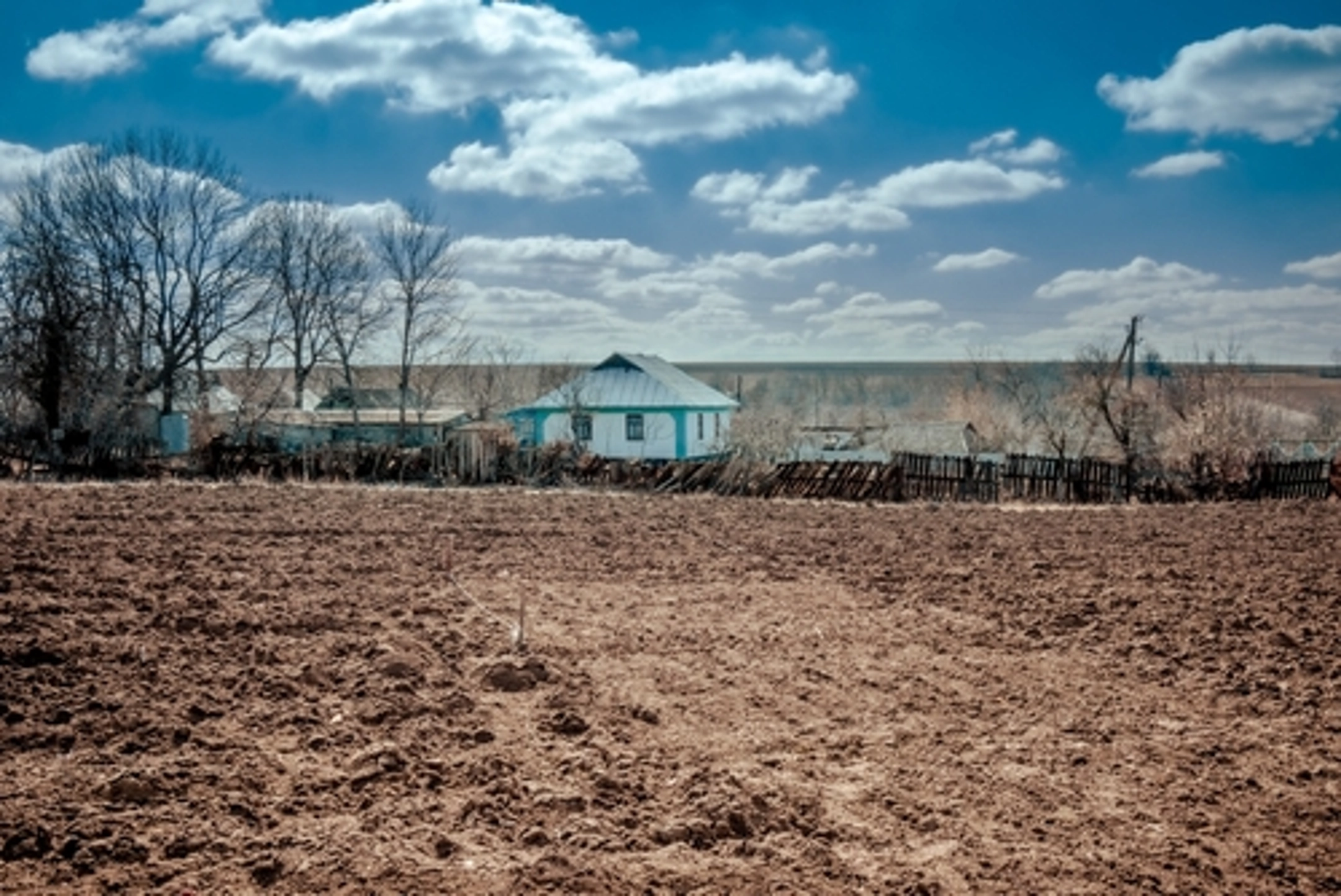
Droughts can be devastating to entire regions, as water shortages cause extreme effects to agriculture, food supply, the environment, ecosystems, plant and animal life, properties, and more. But are there ways to prepare for these severe weather events? Are there different kinds? Additionally, where do they commonly occur? And what are warning signs? SERVPRO® is Here to Help® by providing answers to these questions, along with tips, best practices, and more.
What is a Drought?
As Drought.gov indicates, a drought is defined as, “A deficiency of precipitation over an extended period of time (usually a season or more), resulting in a water shortage.”
Are There Different Kinds of Droughts?
Drought.gov goes on to describe five specific types:
- Hydrological. In this type of drought, water levels are low in places like lakes and reservoirs.
- Meteorological. This type of drought occurs when there is a significant lack of precipitation.
- Socioeconomic. During this type of drought, there are severe shortages of drinking and running water.
- Ecological. This occurs when natural ecosystems are affected by drought conditions.
- Agricultural. This last type of drought describes cases where there is a lack of moisture in soil.
As National Geographic notes, droughts are common and known to occur in the following areas:
- Australia.
- Parts of the United States (more recently, in states like Texas).
- The Sahel region of Africa.
- The Horn of Africa.
Still, it is important to keep in mind that droughts can happen anywhere in the world.
What Causes Droughts?
Droughts can be caused by a variety of factors, some of which might include:
- Changes in weather patterns (such as where wind and rain occur).
- Human intervention, such as modifying, building over, and/or affecting rivers, tributaries, and more in some way.
- Human intervention might also include over-consumption of water.
- Changing ocean temperatures.
- Changing land temperatures.
Can Droughts be Predicted?
Unlike hurricanes, tornadoes, thunderstorms, and more, droughts are often harder to predict, since they occur over time and can come on slowly. Still, there are ways to help assess whether conditions are ripe for a drought.
According to National Geographic, scientists have identified a link between certain weather patterns and droughts. For example, during La Niña, drier-than-average conditions tend to occur in North and South America. In fact, the 1930s Dust Bowl occurred during La Niña. Conversely, El Niño is associated with droughts in Australia, Indonesia, and northeastern South America.
The Drought Early Warning System (or DEWS) is helpful for meteorologists and other professionals to help determine the likelihood of oncoming droughts. Additionally, monitors such as the Palmer Drought Severity Index (or PDSI), the Standardized Precipitation Index (or SPI), U.S. Drought Monitor, and Famine Early Warning System Network, all help to assess drought conditions.
What Damage do Droughts Cause?
As ClimateCheck and Nashville’s News Channel 5 note, due to a lack of moisture in the soil, droughts can cause a variety of damage to your property, including:
- Shift the soil beneath you, causing your property to shift or the foundation to move.
- This can cause your home, business, or other structure to experience cracks and damage, as gaps in the ground appear and move.
- Sticking windows and doors.
- Drywall fractures.
- Uneven floors.
How Can You Prepare Your Property for a Drought?
As the Commonwealth of Massachusetts notes, consider taking the following actions before or during a drought to help protect your property (keep in mind, this list is not all-inclusive; visit their website for more information).
Ultimately, it is ideal to preserve water as much as possible during a drought. Therefore, before a drought:
- Check plumbing lines for leaks, contacting a plumber if necessary.
- If possible, as appliances age and you purchase new ones, consider looking for ones that are energy and water efficient.
- Try minimizing use of the garbage disposal, if possible.
- Consider using mulch around your property to help keep moisture in the soil.
- Consider leaving grass clippings on your lawn, which can help provide nutrients to the soil.
- If you have a sprinkler system, check it regularly.
- Adjust sprinklers, if needed, so they spray on grass and vegetation, rather than pavement.
- Do not overfertilize your lawn.
During a drought:
- Do not leave sprinklers or hoses unattended.
- Do not wash your car with a handheld hose.
- Store water in the refrigerator.
- Do not let your faucet run.
- Only use your dishwasher once it is fully loaded, and consider using the “light wash” option (if available).
- Take short showers.
- Do not flush the toilet unnecessarily.
For more information, visit the National Integrated Drought Information System (or NIDIS), who monitors drought conditions across the country and provides information about these distinctive weather events.
Before, During, or After a Drought, SERVPRO is Here to Help
Droughts can cause serious damage to your property, but SERVPRO is available around the clock, offering 24-hour emergency services to homes, businesses, and any other properties, big or small. In fact, established in 1967, SERVPRO has grown to become the #1 choice in fire and water cleanup and restoration*. No matter where you are located in the United States and Canada, SERVPRO maintains a network of 2290 SERVPRO locations, so there is a team nearby.
No matter when you need property damage cleanup, restoration, and reconstruction services, contact SERVPRO. Franchises across the system have over 50 years of experience, and arrive to each job with the proper tools, equipment, and knowledge to help provide elite cleanup, restoration, and reconstruction services. From carpet and upholstery cleaning in a single room, to large loss cleanup in a commercial property, SERVPRO is here to help, day or night.
To learn more about SERVPRO and the cleanup and restoration industry, please visit our FAQ and glossary.